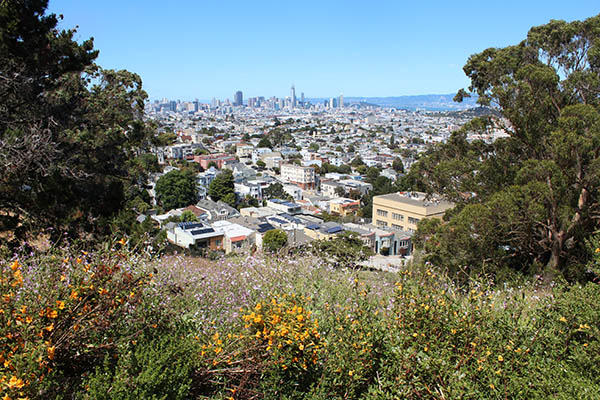
San Francisco's Carbon Footprint
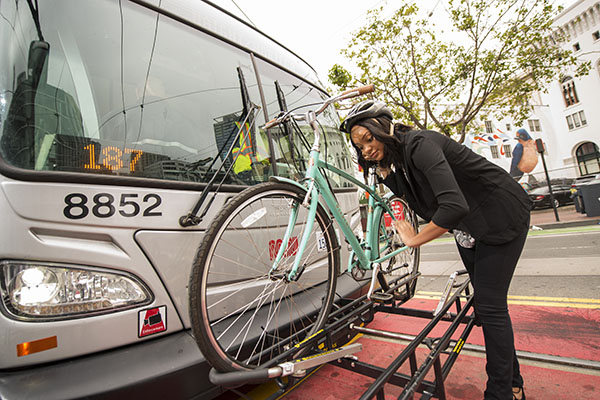
Climate Milestones
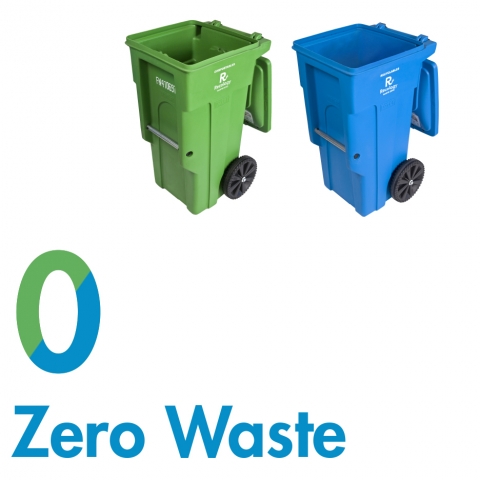
Zero Waste
How San Francisco aims to tighten its waste
For Instant Gas Relief: Compost Your Food
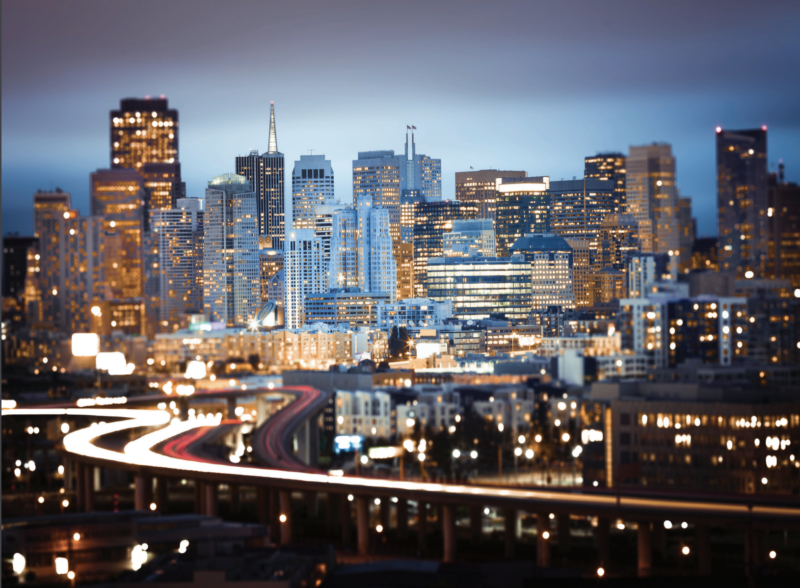
Focus 2030: A Pathway to Net Zero Emissions
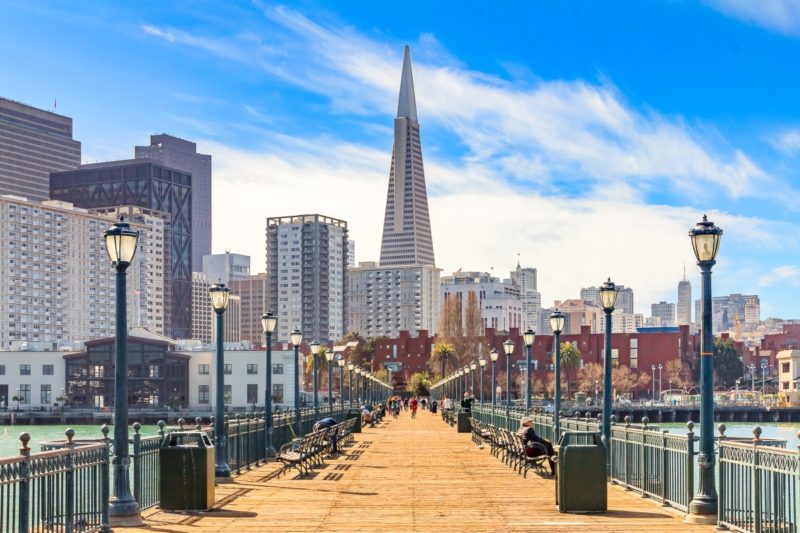
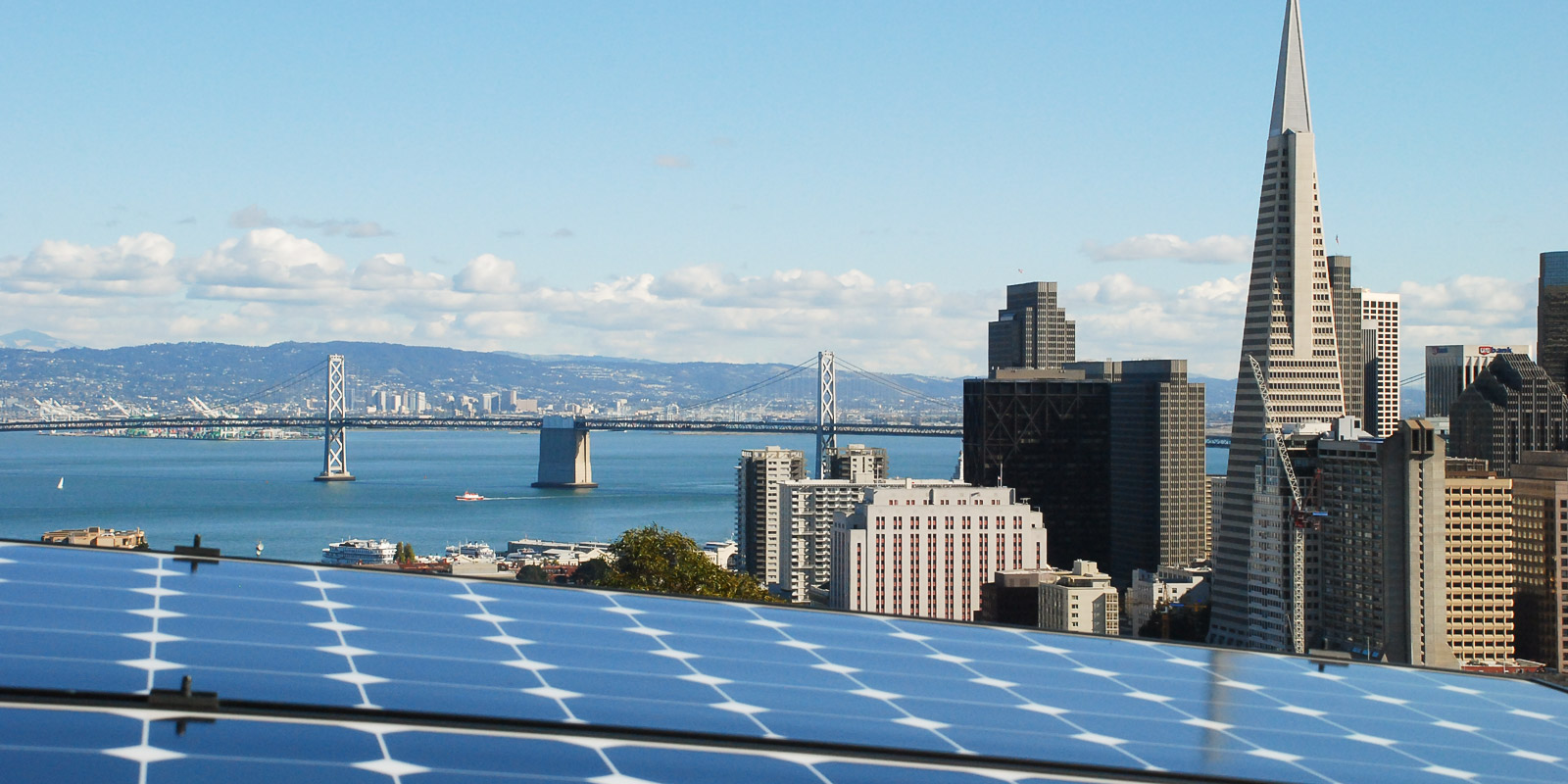
San Francisco is at the forefront of regional, state and national climate action, reducing emissions 30 percent below 1990 levels, while the population has grown 20 percent and the local economy 110 percent. At the heart of the nine-county Bay Area in Northern California, San Francisco is proving that aggressive climate goals are good for the economy, the health and wellbeing of our residents, and for the Earth.
Through collective action, San Francisco will Net Zero Emissions by 2050. The City’s Climate Action Framework, 0-80- 100-Roots, is the vision for how we will meet this challenge:
0 – Zero waste to landfill
80 – 80% of trips made by sustainable modes (public transit, walking, biking)
100 – 100% renewable energy to electrify the built environment, including the movement of people and goods
Roots – Protecting urban green spaces and growing the urban forest to enhance biodiversity and sequester carbon
San Francisco recognizes that to achieve its vision of a safe, vibrant and inclusive city of shared prosperity we must continue accelerated and transformative action to address climate change. This will require inclusive and equitable participation of community in climate and sustainability decisions, an investment in capacity building activities such as providing residents tools, education, and job opportunities, and engagement of people throughout the city in programs, policies and initiatives to will ensure the city is prepared for the future.




